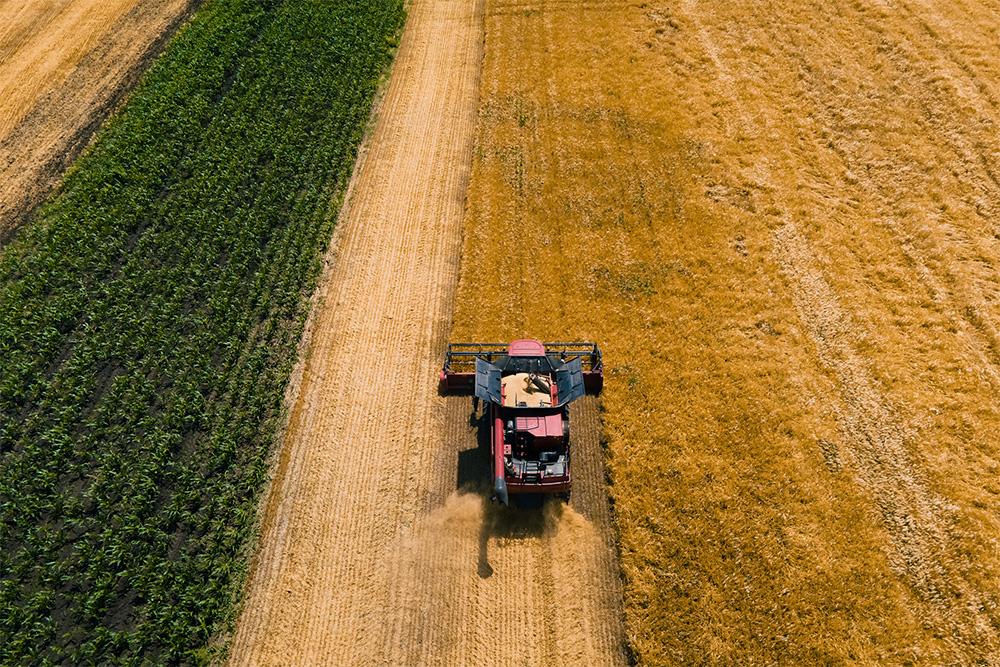Authors: Will Chancellor and Chris Boult

Download the full report
This article looks at the state-of-play for farm productivity in Australia, including recent drivers of growth, the challenges for farmers and the industry, and the opportunities for the future.
About this report
Australian farmers have benefited from a period of sustained productivity growth over the last five decades. However, since 2000, this growth appears to be slowing compared to the productivity gains achieved during the 1980s and 1990s—when structural adjustment and the adoption of labour-saving mechanisation was in full force. Finding opportunities to accelerate productivity growth will be important to ensure farmers stay competitive while adapting to future challenges. In addition to the uncertainties of price volatility and intensifying climate conditions, there is an increasing need to manage and reduce farm emissions, preserve natural assets, keep up with changing social values, and meet changing consumer preferences. This article looks at the state-of-play for farm productivity in Australia, including recent drivers of growth, the challenges for farmers and the industry, and the opportunities for the future.
Key findings
- Australian broadacre farm productivity has slowed to an average annual growth rate of 0.72% from 2000 to 2023, compared to a much higher rate of 2.18% throughout the 1980s and 1990s.
- The productivity slowdown is likely due to a combination of factors including high input prices, fluctuating output prices, limited significant technological breakthroughs, slowing economic dynamism, limited opportunities for productivity enhancing policy intervention, and changes in seasonal conditions.
- Increasing productivity will require action by producers and policy makers, with a focus on ensuring structural change in the sector can continue, investments in R&D are maintained and grow , and farms continue to adopt best practice approaches and technologies and implement strategies to build resilience.
